Time in the saddle
-

Work and family life often impact on the time you have to train (Pic: Cycliscous/Richard Masoner, via Flickr Creative Commons)
-
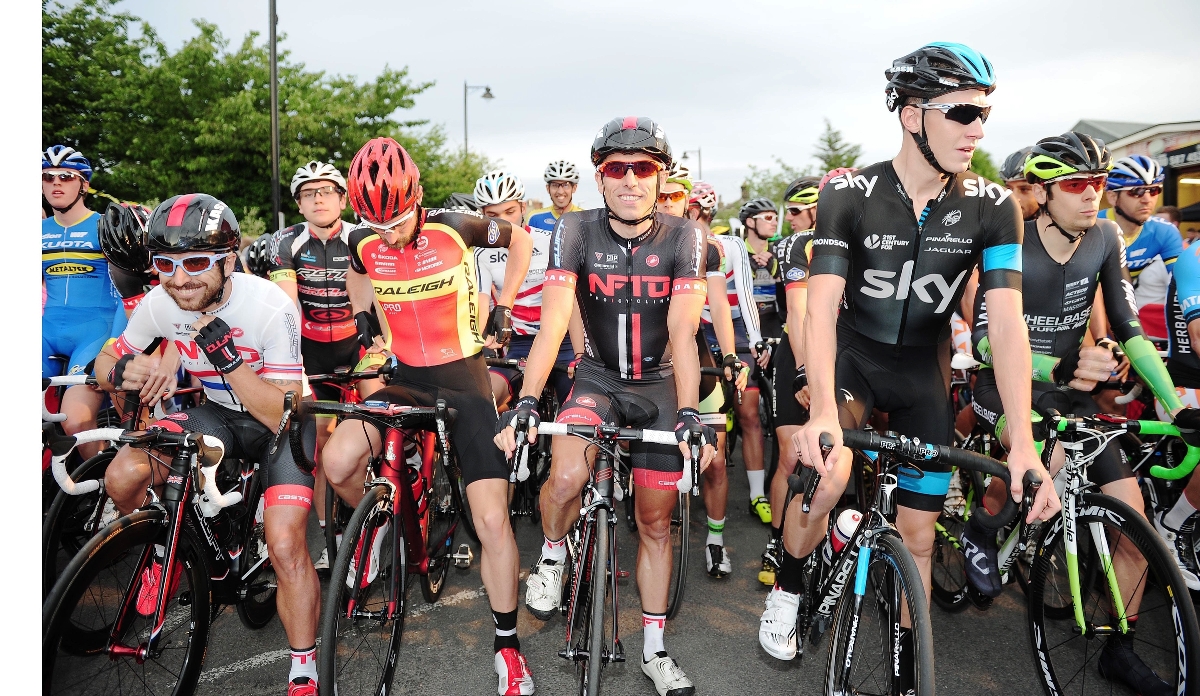
Downing, centre, raced for NFTO Pro Cycling in 2014 and found his training was increasingly time-constrained as he entered the twilight years of his career (Pic: Simon Wilkinson/SWpix.com)
-
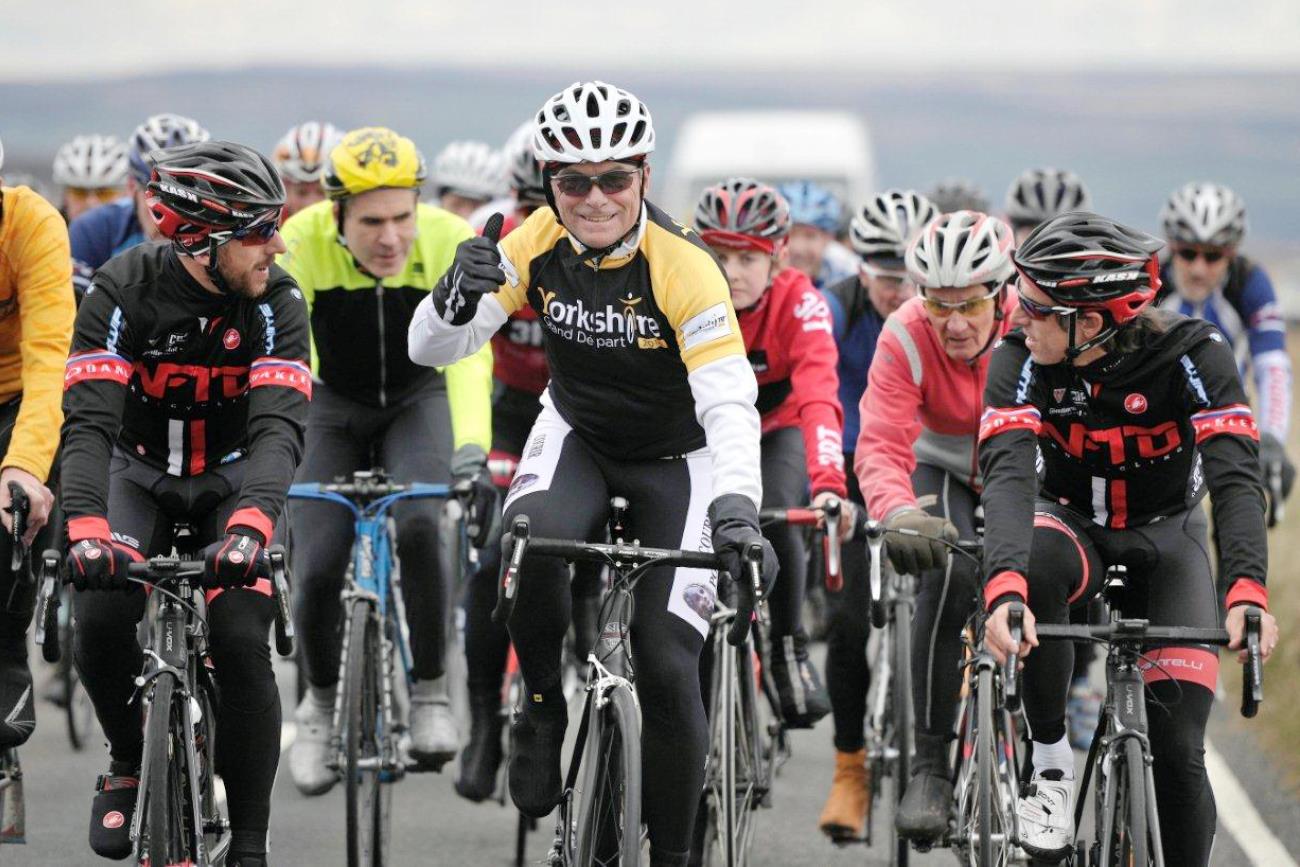
Structure is key to a successful training plan, says Downing, pictured right (Pic: Welcome to Yorkshire)
-
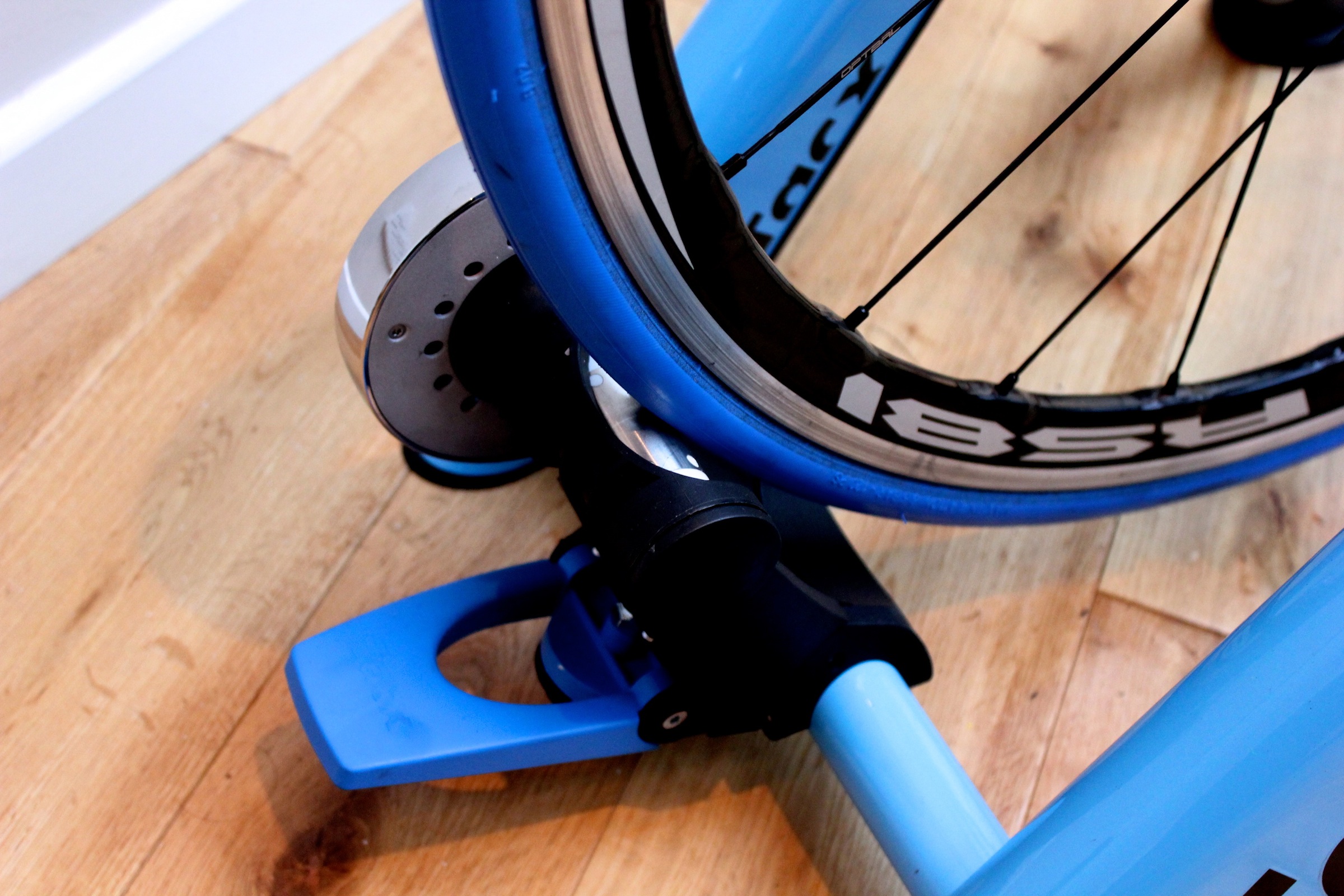
Downing says the turbo trainer is a valuable tool for a time-pressed rider
-

Increase the intensity of your training as the season goes on (Pic: Media24)
-

Downing also recommends using a WattBike for indoor sessions
-
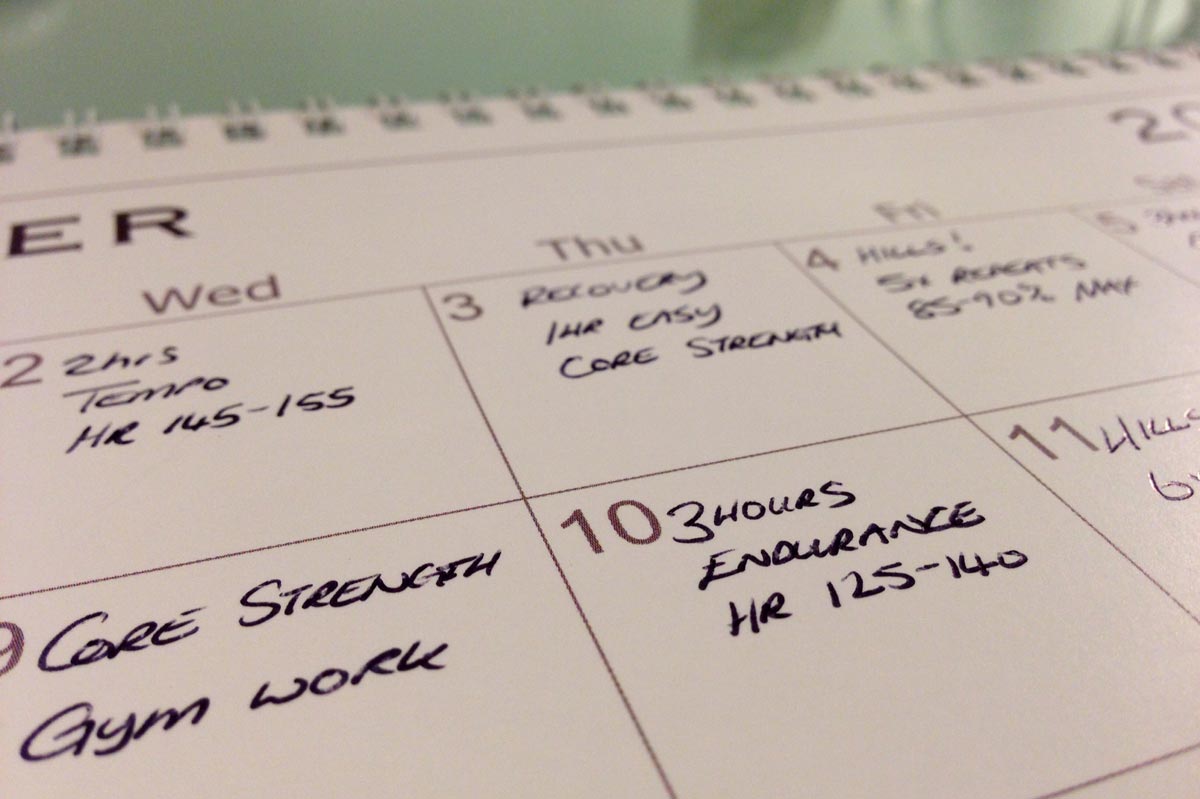
Shift patterns can also be incorporated into your training schedule (Pic: Media 24)
-
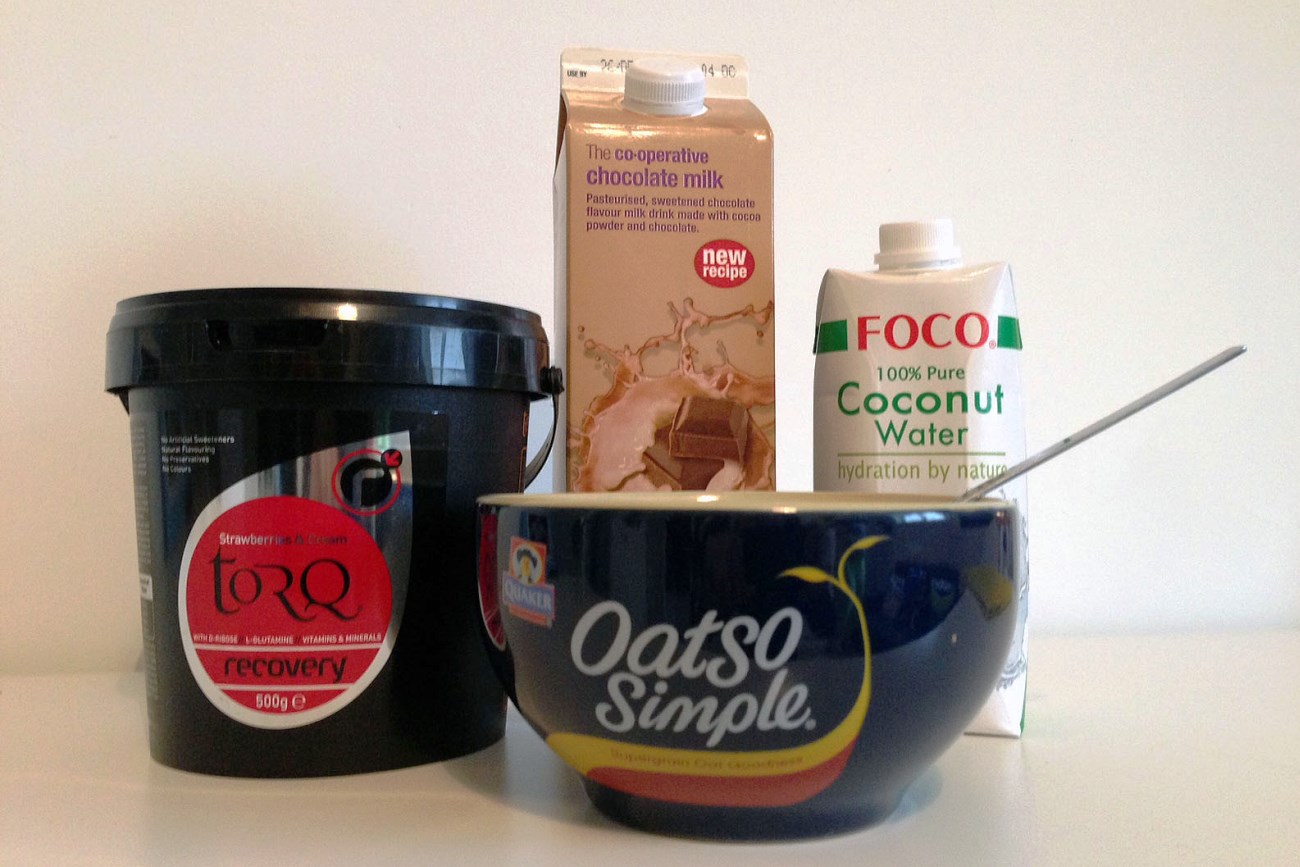
Breakfast is the most important meal of the day (Pic: Media 24)
Time in the saddle
Feeling as though you don’t have enough time to train effectively is not a problem shared exclusively by amateur riders, according to Downing.
While most professional riders don’t have to hold down a 9-5 job, the increased training load required to compete at the highest level, combined with commitments outside of cycling, can often mean life that is a juggling act which requires any rider to make the most of any time in the saddle, and Downing is a well-placed source of advice having found an increasing number of constraints on his time as his career entered its twilight years.
“I wasn’t working in my last few years as a pro but I had a family and it became more difficult to train for five hours, for example. I had to adapt my training so I had to do harder training for less hours,” says Downing.
Downing adapted his training so, rather than embarking on regular long rides, he condensed his effort into a shorter, more intense sessions.
“I could do a super-hard session in two-and-a-half hours on roads close to me, find some hills and do hill repeats – and that was one of my hardest training sessions of the year,” he says Downing. “Two-and-a-half hours is still a long time in training terms but it obviously takes up much less of your free time [than a five-hour ride].”
Of Downing’s clients at Trainsharp, only one is a full-time athlete, so they all have to fit their training plan around work, social and family constraints. For many riders, that means making use of the turbo trainer, Downing says.
“A lot of the client sessions I plan at the moment are turbo sessions in the week and that allows for a very structured training plan,” he says. “Then you can use the weekends for the longer rides.”
Structure is key to a successful training plan, Downing says, and, if you have a major summer target, having a considered approach to your time in the saddle will pay dividends. More on the next page.





